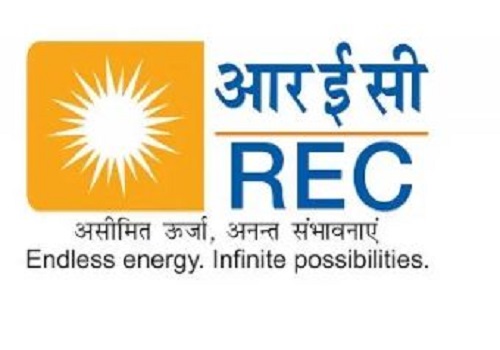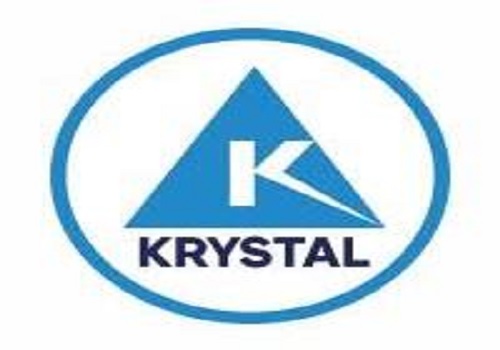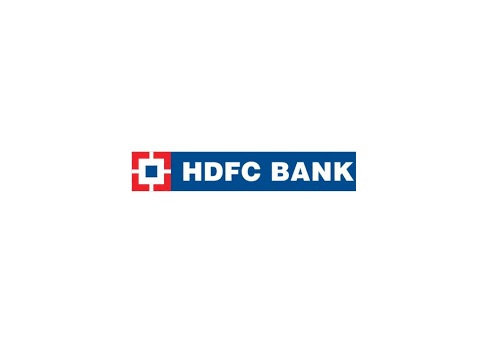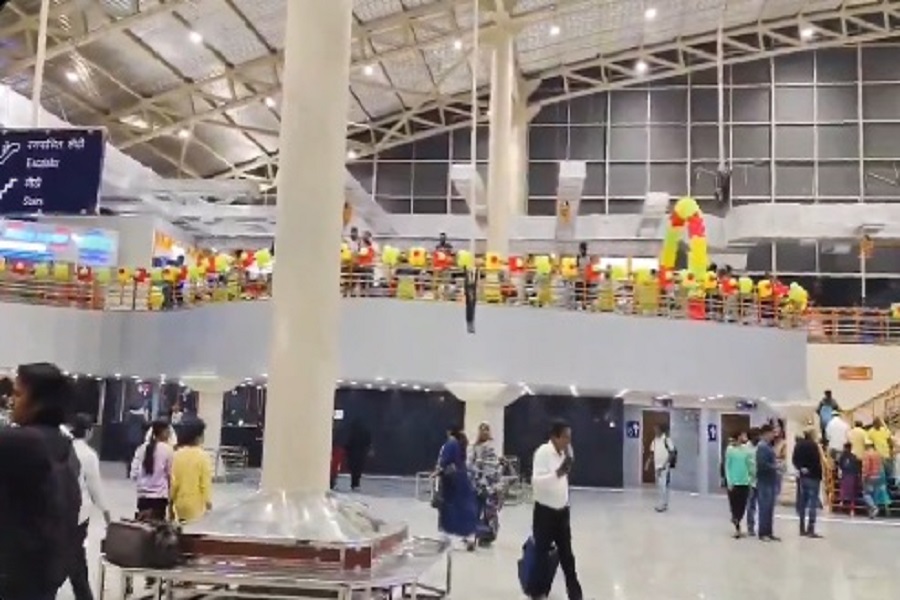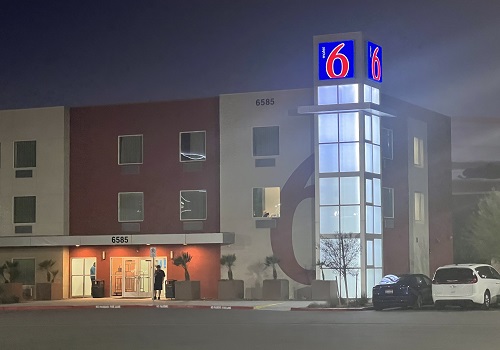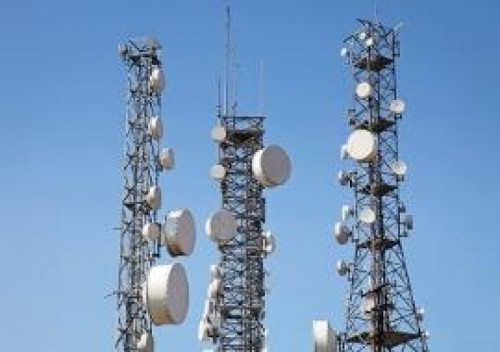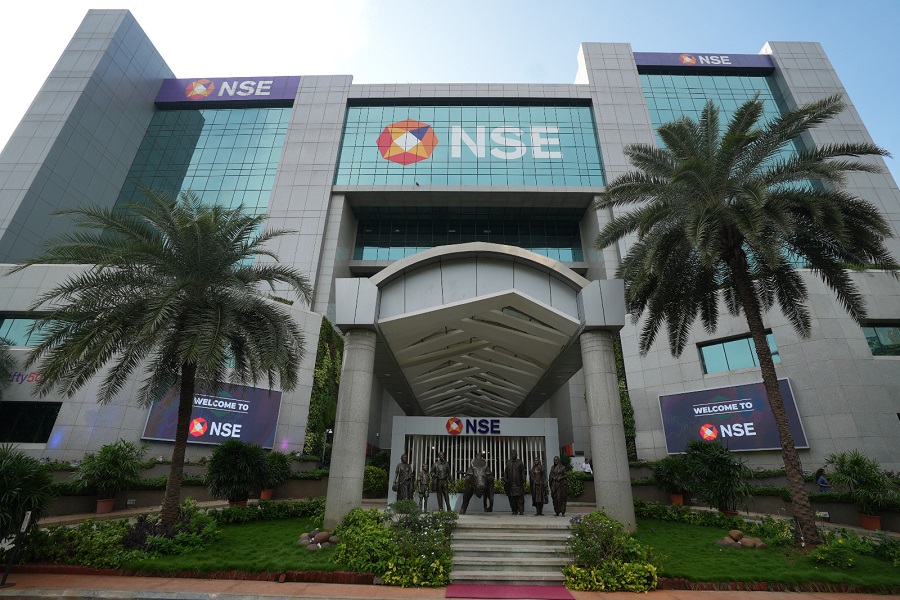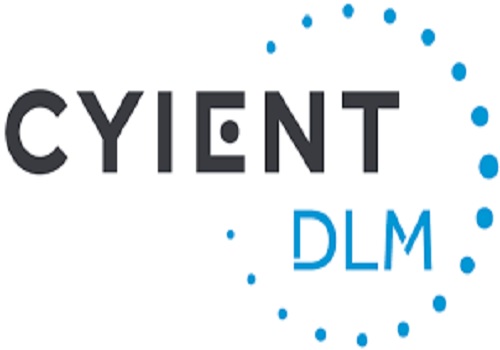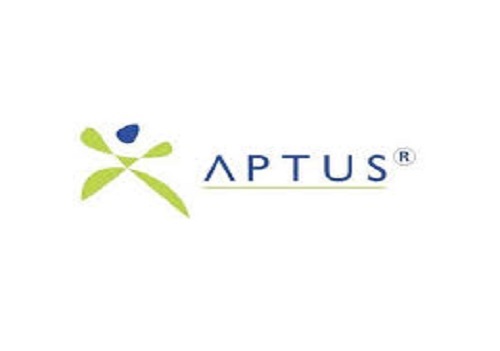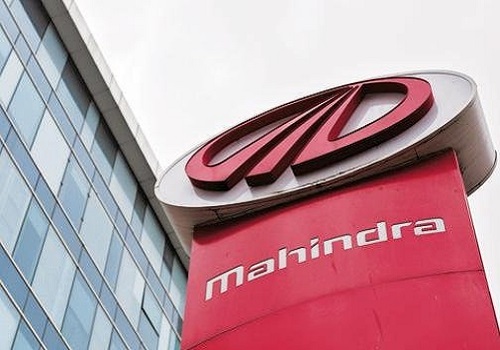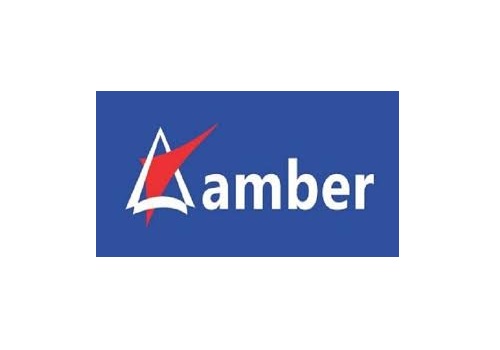Buy Bharti Airtel Ltd For Target Rs. 1,265 - JM Financial Services
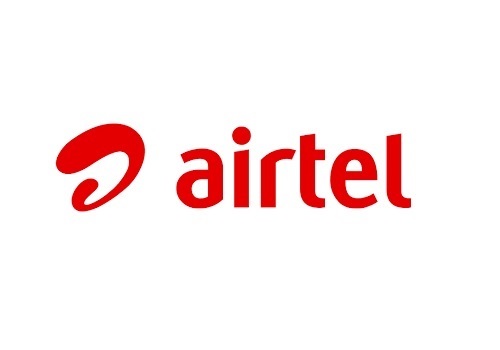
Premiumisation at play; tariff hike & capex moderation to boost FCF
Bharti’s 3QFY24 consolidated EBITDA at INR 203bn (up 2.1% QoQ and 8.3% YoY) was in line with JMFe (but higher than consensus of INR 198bn) despite some adverse impact of currency devaluation on the Africa business. However, India wireless EBITDA was 1% above JMFe at INR 119bn (+3.7% QoQ and +14.5% YoY) as ARPU rose by INR 5 QoQ to INR 208, driven by improved subs (subscribers) mix and rise in AMDU on back of robust 4G net adds (of 7.4mn) and post-paid subs net adds (of 0.9mn). EBITDA margin improved 20 bps QoQ to 55.1%. Traction in FTTH business remained strong; however, enterprise business growth continues to be subdued due to slowdown in the global business. Consolidated capex was flattish QoQ at INR 93bn (including India business capex of INR 78bn); net debt declined by INR 51bn to INR 1,424bn at end-3QFY24. We maintain BUY on Bharti (revised TP of INR 1,265) as we believe India wireless business tariff hikes are likely to be more frequent, going forward, given the consolidated industry structure and higher ARPU requirement for Jio also to justify significant 5G capex. ARPU growth aided by likely moderation in capex will drive Bharti’s FCF from FY25, enabling it to get to net cash by FY29; this will also aid in accretion in equity value.
Consolidated EBITDA in line with JMFe (slightly above consensus) despite some impact of currency devaluation on Airtel Africa: Bharti’s 3QFY24 consolidated revenue was INR 383bn (up 2.6% QoQ and 6.3% YoY), marginally higher than JMFe and consensus of INR 381bn despite some impact of currency devaluation on Airtel Africa revenue. Consolidated EBITDA was INR 203bn (up 2.1% QoQ and 8.3% YoY), in line with JMFe (but above consensus of INR 198bn). Network cost (at INR 75.8bn, +2.3% QoQ and +3.6% YoY) was slightly lower than JMFe while Licence fee/SUC cost (at INR 30.2bn, +1.9% QoQ and +6.3% YoY) was in line. However, SG&A (at INR 20.5bn) and other cost (at INR 54.2bn) were slightly above JMFe.
India wireless EBITDA 1% above JMFe; 4G/5G net adds strong at 7.4mn resulting in higher ARPU at INR208: India wireless revenue was 1% above JMFe at INR 216bn (+3.3% QoQ and +11.8% YoY). India wireless EBITDA was also 1% above JMFe at INR 119bn (+3.7% QoQ and +14.5% YoY) with EBITDA margin improving by another 20bps QoQ to 55.1% due to operating leverage and sustained focus on the ‘War on Waste’ programme to drive cost optimisation. India wireless business net subscribers rose by 3.3mn to 346mn (a tad higher than JMFe of ~3mn net additions) with reported churn flattish QoQ at 2.9 % in 3QFY24. Further, 4G/5G net additions were stronger than expected at 7.4mn in 3QFY24 vs. JMFe of ~6mn additions (vs. 7.7mn additions in 2QFY24); 4G/5G subscribers constitute 71% of total subscribers. Postpaid subscriber net additions (excluding IoT) continued to be strong at 0.9mn in 3QFY24 (vs. 1.0mn in 2QFY24). Further, usage metrics was up 1.4% QoQ at 22GB/user/month in 3QFY24. India wireless ARPU jumped by INR 5 QoQ to INR 208; significantly above JMFe of INR 206. This compares to Jio’s ARPU (including FTTH) being flat QoQ at INR 181.7 in 3QFY24 and VIL’s ARPU rising by INR 3 to INR 145. The Bharti management reiterated that even at current ARPU, RoCE continues to be low at 9.4% and, hence, tariff hike is extremely critical to repair industry health.
FTTH business growth robust; enterprise business growth continues to be subdued due to slowdown in the global business: FTTH business EBITDA rose to INR 6.4bn in 3QFY24 (+5.1% QoQ and +23% YoY) with addition of 359k subs during the quarter, with the service being now live in 1,267 cities (vs. 1,239 cities at the end of 2QFY24); however, ARPU was down 2.0% QoQ at INR 583. But enterprise business revenue rose only 1.7% QoQ (up 8.7% YoY) to INR 52bn while EBITDA rose only 0.2%/8.3% QoQ/YoY to INR 20.6bn due to slowdown in global business on account of decline in demand for bandwidth, CPaas and other related services, especially from global OTT players.
Consolidated capex flattish QoQ at INR 93bn in 3QFY24; net debt declined by INR 51bn in 3QFY24: Consolidated capex was flattish QoQ at INR 93bn in 3QFY24 (of which India business capex was INR 78bn) but lower than 1QFY24 capex of INR 105bn (of which India business capex was INR 93bn). Net debt, excluding lease liabilities, declined INR 51bn to INR 1,424bn at end-3QFY24. Net debt-EBITDA, excluding lease liabilities, was 1.76x at end-3QFY24 vs. 1.86x at end-2QFY24.
High conviction on our BUY rating on Bharti with 1-year TP of INR 1,265 and 3-year TP of INR 1,710 (implying 14% IRR): Our FY25-26 consolidated EBITDA is largely unchanged as impact of currency devaluation on Africa EBITDA (~2%) was offset by higher EBITDA of India business (by 1-2%). However, our TP has been raised to INR 1,265 (from INR 1,175) due to higher India business EBITDA and some moderation in our consolidated capex (ex-spectrum) assumption (INR 348bn in FY25 and INR 361bn in FY26 vs. INR 385bn in FY24 and INR 342bn in FY23). As detailed in our Dec’23 note (Biggest beneficiary of structural ARPU growth story), we reiterate the high conviction we have on our BUY rating as we believe India wireless business tariff hikes are likely to be more frequent, going forward, given the consolidated industry structure and higher ARPU requirement for Jio also to justify significant 5G capex. Bharti is the biggest beneficiary of higher tariffs given the sticky and premium quality of its subs. ARPU growth aided by likely moderation in capex will drive Bharti’s FCF from FY25, enabling it to get to net cash by FY29 (vs. net debt excluding lease liability of INR 1,424bn at end-3QFY24); this will also aid in accretion in equity value.
Please refer disclaimer at https://www.jmfl.com/disclaimer
SEBI Registration Number is INM000010361
